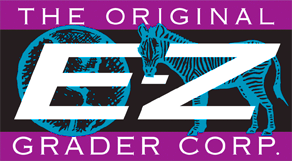In the education field, teachers and parents are inundated with new acronyms and buzzwords all the time. Recently, the terms formative and summative assessments have come to the forefront of teaching. For those not working in education, a very simple comparison is that a formative assessment is similar to what parents might remember as a pre-test and a summative assessment represents what we used to call a final test or exam.
However, a formative assessment is much more than a pre-test. The goal of a formative asessment is to gather data and feedback that can be used by the teacher and the student to guide and adapt both the instruction and the learning context. Formative assessments are graded only for teacher and student use and are not typically averaged into the students’ grades. This allows the students to show what they know and don’t know without the fear of making a “stupid” mistake. Teachers analyze the data from these assessments to adjust their instruction, re-teach, differentiate, and reflect. Students also benefit from formative assessments by using the feedback to improve their performance – to analyze what they do and do not understand. It allows students to think about their own learning and helps motivate them to succeed.
Formative assessments come in many different forms. They can be formal ( a written questionnaire) or informal (teacher observation). Which type a teacher employs depends on the age of the students. In younger grades, students can simply give a thumbs up or thumbs down or circle a smiley face or a frown to show if they undertsand a concept or not. Other examples include teacher questioning, classroom discussions, homework, exit slips, graphic organizers, peer/self evaluations, think/pair/share, four corners, etc.
After teachers and students have used the data from the formative assessment to maximize learning, it is important to follow up with a summative assessment. The summative assessment is typically given at the end of a unit, and it is used as a formal gauge of student learning to determine course grades.
Although formative and summative assessments serve different purposes, used together they provide valuable information to both the teacher and the learner.
Susan B.
Ohio Teacher
